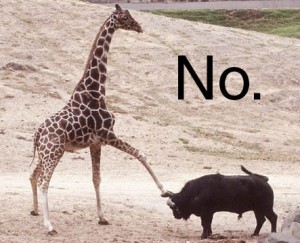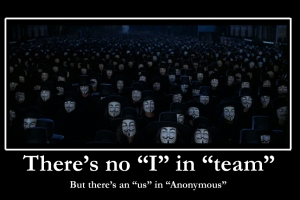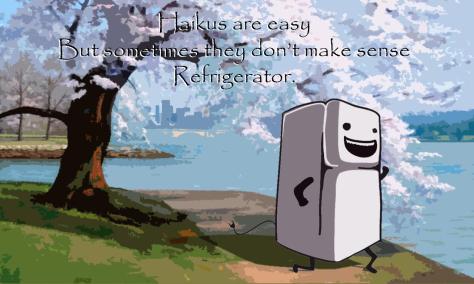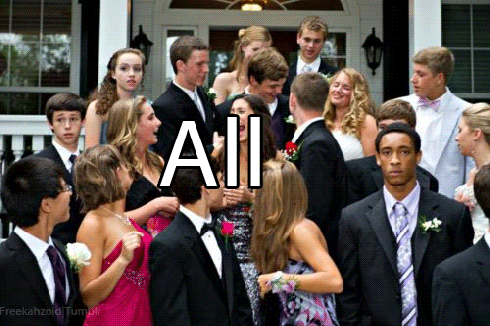Overview:
My digital essay project asks what we stand to lose–as scholars, teachers, and students of writing–by insisting that multimodal composition and traditional academic writing participate in fundamentally different modes of making meaning. Though many other scholars have productively registered the dissonances between these two kinds of composition, in my essay I consider what we might stand to gain by listening for the resonances. Ultimately I suggest that the lens of “remix” can help us, and our first year writing students, to see academic and multimodal composition as founded on a set of shared intellectual practices– and so doing, help us to find new ways to bridge past and future, academic and public discourse, alphabetic and non-alphabetic writing.
If that didn’t convince you to check it out, in my essay I do close readings of the two texts below, and argue that they participate in very similar intellectual practices of making meaning. Don’t you want to see me try to make that move?
Development:
This essay really developed out of a blog post I wrote for this seminar in response to Lawrence Lessig’s Remix: Making Art and Commerce Thrive in the Hybrid Economy. Though I was completely on board with his enthusiasm for possibilities of free, open, remix culture, I was troubled that he felt it necessary to argue that multimodal/digital remix is somehow more complex than alphabetic/academic writing. As I thought about it more and dove into the scholarly literature, I realized that Lessig made two assumptions that were widespread in discourse on multimodal comp: 1) that these are two completely different practices of producing meaning, and 2) that alphabetic (and academic) writing is our past and multimodal comp is our future. These realizations led to the first two parts of my digital essay: “The Same Refrain” and “History/Futurity.” The next two sections, “Textual Layers” and “Resonance and Dissonance” developed out of my attempt to define what I saw as the real similarities between the two seemingly disparate types of texts.
Affordances & Constraints
In my essay, the most obvious affordance I took advantage of was the ability to embed video, which allowed me to isolate and showcase pieces of the music I was close reading. (Close listening?) But I also tried to make strong use of links throughout my essay, which I found to be a much more elegant and rich form of citation than clunky scholarly citation styles. Also, although there are few images in my project, I tried to use them suggestively rather than literally, to correspond to the kind of theoretical/conceptual work I was trying to do. It’s something that seems to work in this medium, but would probably look ridiculous in print. Lastly, no other medium would allow me to extend this project over time in public as a website permits me to do. I’m really looking forward to sharing my remix-focused teaching materials and blogging about my teaching experiences in the fall!
The biggest constraint was trying to manipulate the architecture of my website. WordPress themes are incredible, on the one hand, because with very little effort, they make your work look polished. On the other hand, they are unreasonably difficult to alter or customize in any way. It reminded me how badly I want to become proficient at writing code (I took a couple of intro-level courses on Python and Java, and absolutely loved it). This makes me think that to get serious about digital academic work and making best use of its affordances, we’re going to have to get a lot more technologically proficient.









